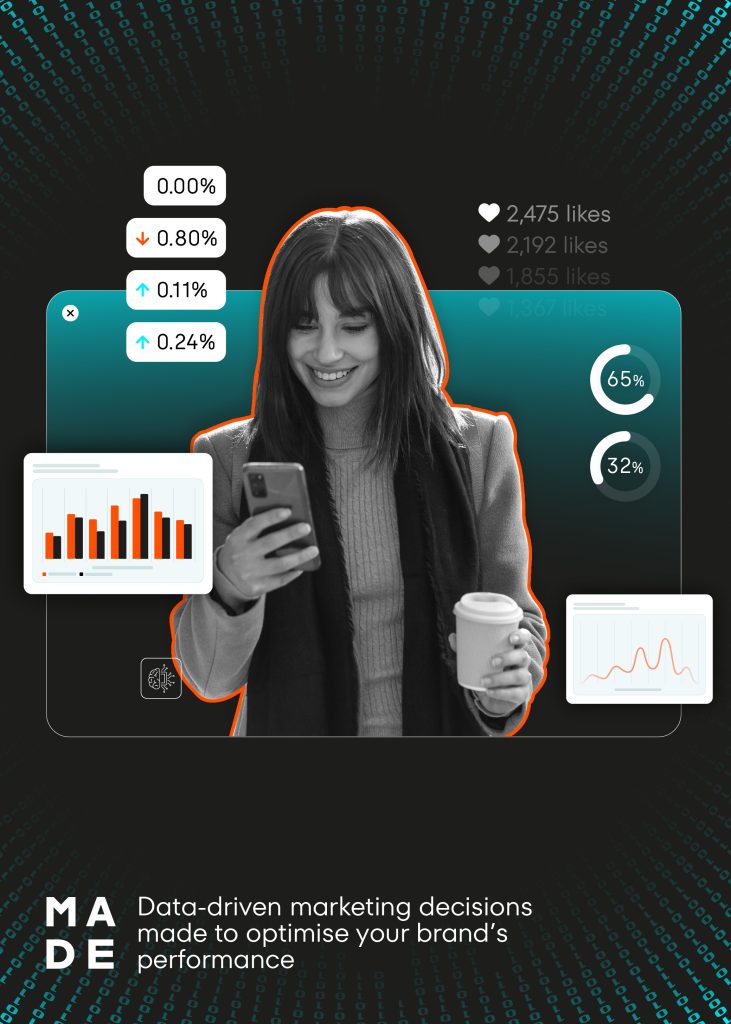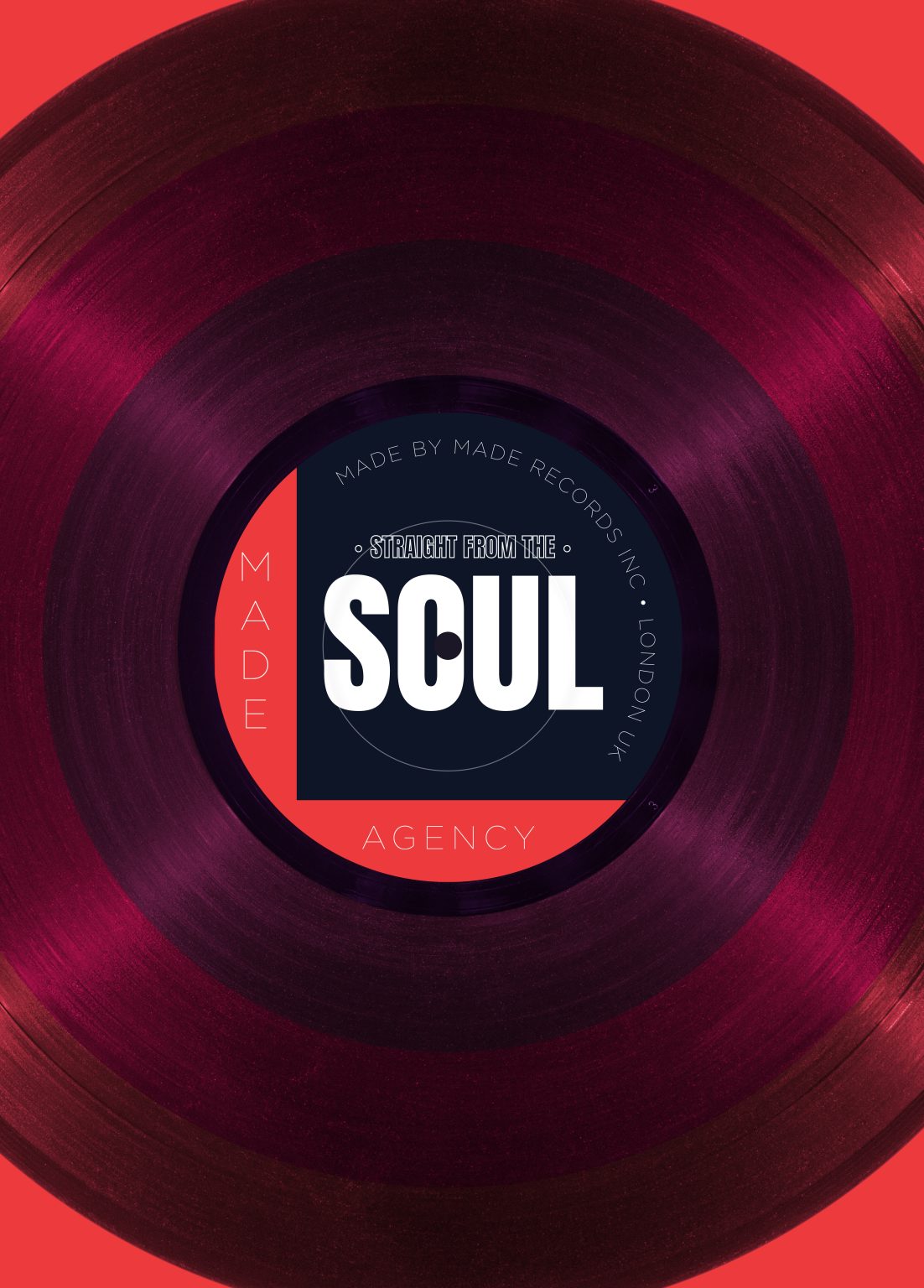Leverage A/B testing to assist the performance optimisation of your campaigns
As brands and marketing companies search for innovative ways to improve their online campaigns, many consider implementing A/B testing to assist with data-informed decision making.
It’s impossible to make strategic decisions without high-quality data – either before launching a new campaign or monitoring one after it has been launched. A/B testing, also known as split testing, is a popular and effective method adopted by marketing teams across every sector to research, analyse, refine and improve online campaign performance.
Benefits and challenges of A/B testing for strategic decision making
The flexibility of A/B testing means that brands can utilise it to boost their marketing campaign performance regardless of the intended goal.
Whether brands are specifically looking to improve user experiences, increase brand awareness, drive more conversions, boost revenue or all of these, A/B testing is an effective use of analytics for branding purposes and a vital component of a brand’s campaign strategy.
For campaigns that are already running, and where a brand is focussed on performance optimisation rather than starting from scratch, A/B testing can be a highly effective tool in establishing what works and what would work better.
How does split testing work and what can it do to drive data-informed decisions?
Split testing allows brands to show two versions (A/B) of content to their audience to see which version resonates more effectively. From a performance optimisation perspective, you might want to know whether your audience responds better to a formal, conversational or a more humorous approach or whether ads that are all image and no copy receive more engagement than ads that are more copy heavy and have minimised images.
Alternatively, a split test allows the same content to be presented to two separate groups, whilst their interactions are recorded. As mentioned above, be clear from the outset which specific metric is going to be measured to define success. Carefully designed A/B tests will help you establish which of your target audiences respond to which messages. This allows you to segment them more effectively and tailor strategies to each sub-group.
Made’s Head of Marketing, Kaela Lucchesi says: “A/B testing can be approached in numerous ways, with a variety of creative elements to consider. It’s essential to think carefully about the different imagery, messaging and positioning of calls to action, for example. Each of these factors can significantly impact the outcome of your tests, providing insights into which combinations drive the most engagement, and the best results.”
Effective understanding of audience preferences
Well-planned A/B testing contributes significantly to the development of a consistent, strong tone of voice. It also helps develop a cross-platform messaging framework that builds trust and strengthens brand presence.
This type of data-driven marketing drives deeper understanding of audience preferences. It also creates actionable insights that inform future strategic decision making.
With any aspect of a data-driven marketing strategy, however, many pitfalls await the unaware or careless. If correct procedures are not followed, too many variables will make a test invalid and the data unreliable. Incorrect or unreliable data can do more harm than good, causing brands to steer in the wrong direction and make poor strategic decisions.
What are the pitfalls of A/B testing for data-driven marketing?
Most critically, the objectives and parameters for the test should be clear and robust from the outset. This should be before before any testing steps are made. Without a clear vision of what you are intending to achieve and why, and what the success criteria will be, it won’t be possible to make the data meaningful.
Once the purpose, scope and success factors of the test have been agreed upon, attention then moves on to procedure. For data to be reliable, A/B testing needs to be conducted on a sufficient sample size. Too small, and the risk of false positives (or negatives) significantly increases causing, as mentioned above, poor strategic decisions.
In addition, A/B testing can be quite resource intensive. Consider the time and human resource needed to properly strategise, plan, conduct, monitor, analyse and write up the process. It takes time to obtain sufficient quantity of quality results. There is often a temptation to jump to conclusions early in the process, in an effort to speed things up.
This is a false economy, however. It’s better, in the early days of developing the parameters, to work out whether the resource is available to conduct the test properly or not. If the answer is no, it would be better to try another strategy instead. Data-driven marketing decisions only work with quality data.
How can I optimise my A/B test?
The principles of A/B split testing seem simple. However, follow a few key principles to ensure quality, actionable data is produced:
- Test one feature, element or aspect at one time
- Before you begin, be clear on the metric that is being measured, the success criteria and the time frame
- Have a defined sample size and ensure that your two A/B groups are equal and randomised
Not sure where to start? Made can help
Made are experienced in devising, conducting, interpreting and evaluating split testing, turning hard data into actionable insights and successful outcomes. If you need help with devising and collecting analytics for branding or product launches, contact us today. You’ll see how A/B testing can improve the performance of your marketing campaigns.




